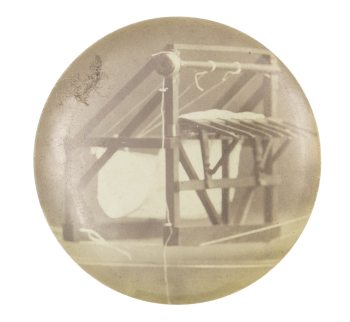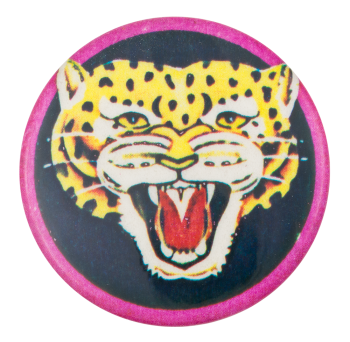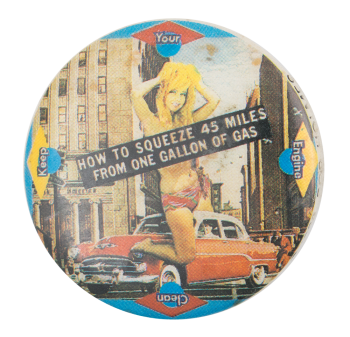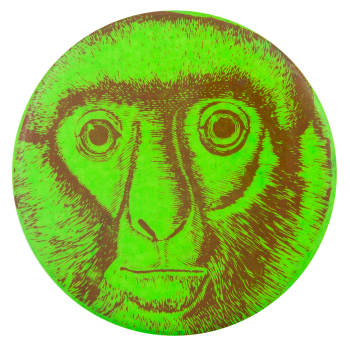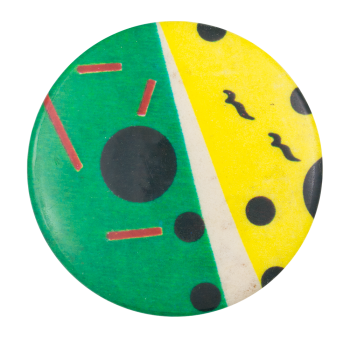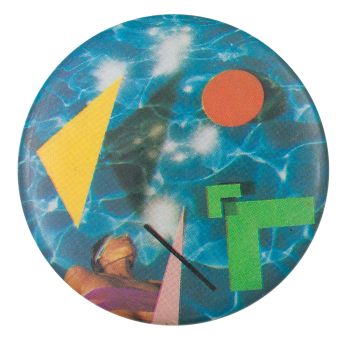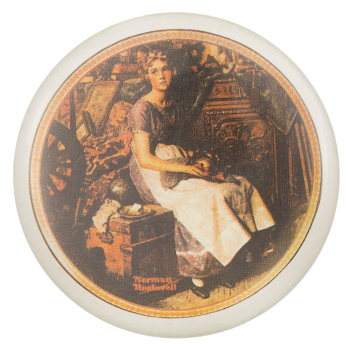Loom
| Category | |
|---|---|
| Additional Images | |
| Sub Categories | |
| Image Description | Black and white photograph of a loom. |
| Back Style | |
| The Shape | |
| The Size | |
| Additional Information | The loom is a device used to facilitate the weaving of fabric, which works by holding the threads taut in place in order to interweave. Looms have been used worldwide for thousands of years: designs varied widely but nevertheless the basic function remained the same. Two major breakthroughs occurred which helped propel the Industrial Revolution. The first was the invention of the flying shuttle by John Kay in 1733, which allowed the weaver to cover a wider fabric and at greater speeds. The second was the invention of the power loom by Edmund Cartwright in 1784, which mechanized the loom and allowed it to become fully automatic by the early 1800s. |
| Sources |
Loom. (2023, January 18). In Wikipedia. https://en.wikipedia.org/wiki/Loom Ross, C.B. (2014, October 14). Understanding weaving: What are looms? The Sustainable Fashion Collective. https://www.the-sustainable-fashion-collective.com/2014/10/14/what-are-l... |
| Catalog ID | AR0269 |

